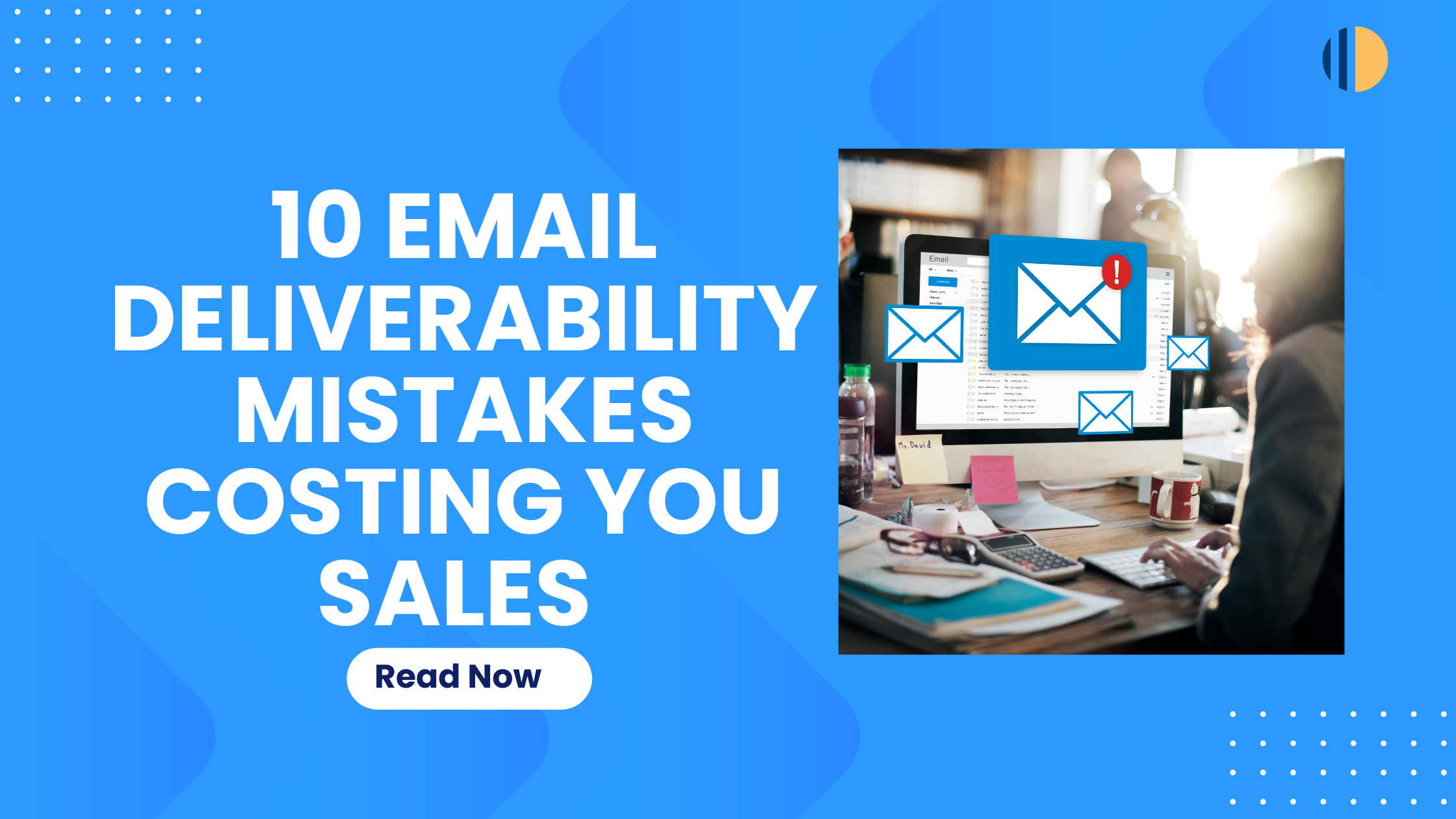Building strong business relationships isn’t about treating every customer the same. In fact, the most successful companies do the opposite; they personalize. They tailor communication, services, and offers to match exactly who they’re dealing with. And that starts with one essential strategy: customer segmentation. Customer segmentation is a powerful strategy for businesses aiming to deepen relationships with their most valuable clients. This approach allows you to understand your customers on a deeper level, tailor your interactions, and ultimately foster loyalty among those who contribute the most to your success. This article will guide you through how to use customer segmentation to strengthen high-value business relationships. We will explore each step in detail, ensuring you have a clear path to follow for meaningful results.
What Is Customer Segmentation?
At its core, customer segmentation is the practice of dividing your customer base into smaller, defined groups based on shared characteristics. These could include:
- Demographics (age, gender, job title)
- Firmographics (industry, company size, revenue)
- Behavioral data (purchase history, product usage, support tickets)
- Psychographics (values, goals, interests)
- Geography (location, time zone, language)
Why Customer Segmentation Matters for High-Value Relationships
Not every customer contributes equally to your bottom line. Some accounts are significantly more profitable, more engaged, and more likely to stay loyal long-term. These are your high-value clients, and they deserve special treatment.
First, consider why customer segmentation is essential. When you treat all customers the same, you risk missing the mark with those who matter most. Segmentation divides your customer base into distinct groups based on shared traits, behaviors, or needs. Focusing on high-value clients, those who generate the most revenue or have the greatest lifetime value, enables you to customize your approach to their specific expectations, which strengthens your connection with them.
For example, high-value customers often account for a significant portion of your revenue. Research indicates that 80% of a company’s revenue typically comes from just 20% of its customers. Segmenting these top clients provides clarity on their unique needs and preferences, allowing you to deliver personalized experiences that make them feel valued.
How to Use Customer Segmentation to Retain High-Value Customers
Now, we will examine how to identify these high-value clients through segmentation.
Step 1: Identify Your High-Value Customers

Start with identifying your high-value customers. This process relies on data, not assumptions, and you need to gather information from your customer relationship management (CRM) system or billing database to create a comprehensive customer list. Next, exclude test accounts or proof-of-concept clients to ensure your data remains accurate. Then, develop a formula to measure each customer’s value. Use metrics such as lifetime revenue, purchase frequency, or profitability to rank your customers objectively.
For instance, imagine you run a SaaS company. You might discover that customers with annual subscriptions exceeding $10,000 form your top tier, while those spending less than $1,000 fall into a lower category. Ranking your customers helps you focus on the top tier and form hypotheses about what makes them valuable. These insights prepare you for the next step, so we will move forward.
Step 2: Segment Based on Key Characteristics
Now, segment your high-value customers based on the data you collected. Group them according to shared characteristics, such as demographics, behaviors, or psychographics. Demographics might include industry or company size for B2B clients, while behaviors could cover purchase frequency or product usage. Psychographics, on the other hand, focus on values or motivations. The goal is to identify patterns that reveal what drives their value.
Consider this example: if you are a B2B software provider, you might notice that your high-value customers are mid-sized tech companies. Some frequently use advanced features and engage with your support team often. You can label this group “Tech-Savvy Power Users.” Another group of high-value clients might focus on cost-efficiency and rarely use advanced features, so you categorize them as “Budget-Conscious Decision Makers.” Creating these segments allows you to tailor your approach to each group’s needs. Next, we will explore how to use these segments to build stronger relationships.
Step 3: Personalize Your Approach to Build Stronger Bonds
With segments defined, the next step is to personalize your interactions. High-value customers expect more than generic outreach; they want to feel understood. Use insights from your segmentation to create tailored experiences that resonate with each group. For example, your Tech-Savvy Power Users might appreciate exclusive access to beta features or a dedicated account manager, while your Budget-Conscious Decision Makers might value discounts or cost-saving tips.
Personalization makes a significant difference. Instead of sending a generic email campaign, craft targeted messages that address each segment’s needs. You might invite your power users to a webinar showcasing advanced features, while offering your budget-conscious clients a guide on maximizing ROI with your product. This level of personalization demonstrates that you understand their needs, fostering loyalty and trust. Personalization is a strong foundation, but we will now look at how to optimize your resources.
Step 4: Allocate Resources Strategically

High-value customers deserve more attention, but you should not neglect others. Understanding which segments drive the most revenue allows you to prioritize your efforts without overextending your team. For instance, you might assign more support staff to your top-tier clients, ensuring they receive faster response times, while providing self-service options to lower-value segments.
Imagine a practical scenario: if your high-value segment consists of clients who frequently engage with your support team, you can train your support staff to address their specific needs. For a segment that rarely contacts support but spends significantly, you might focus on proactive outreach, such as quarterly check-ins to confirm their satisfaction. This strategic allocation ensures your high-value clients feel prioritized, which enhances their loyalty. Now, we will discuss how to maintain these relationships over time.
Step 5: Nurture Relationships with Ongoing Engagement
Strengthening relationships requires ongoing effort. Use your segmentation data to develop a nurturing strategy that keeps high-value clients engaged. For example, set up automated email campaigns that deliver relevant content based on their segment, such as case studies for power users or cost-saving tips for budget-conscious clients. Additionally, consider hosting exclusive events, such as VIP webinars or in-person meetups, to deepen your connection.
Track engagement metrics to understand what resonates with each segment. If your power users respond well to technical content, focus on providing more of that. If your budget-conscious clients engage more with promotional offers, emphasize those. Continually refining your approach based on data ensures your high-value clients remain engaged and loyal. Measuring success is the final piece of the puzzle, so we will cover that next.
Step 6: Measure and Optimize Your Strategy
Finally, evaluate the impact of your customer segmentation efforts. Monitor key performance indicators (KPIs) such as customer retention rates, lifetime value, and revenue growth for your high-value segments. For example, if your retention rate for high-value clients increases after implementing personalized campaigns, you are on the right track. Similarly, if their lifetime value grows, your efforts are yielding results.
Use tools like Net Promoter Score (NPS) surveys to assess loyalty and satisfaction among your high-value segments. If engagement declines, revisit your segments and adjust your approach. Perhaps a new trend has emerged, or a segment’s needs have changed. Staying proactive and data-driven allows you to optimize your strategy continuously and maintain strong high-value relationships with your customers.
Conclusion
Customer segmentation offers a structured way to strengthen your high-value business relationships. Identifying your top clients, segmenting them based on key characteristics, and personalizing your approach creates experiences that make them feel valued. Strategic resource allocation, ongoing engagement, and continuous optimization ensure these relationships thrive over time. Take the first step today: dive into your customer data, identify those high-value clients, and start building connections that drive growth. Your business will benefit, and your clients will appreciate the effort.




